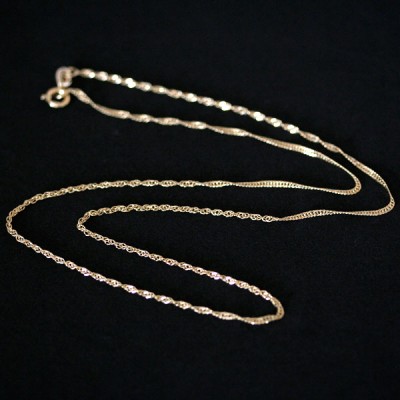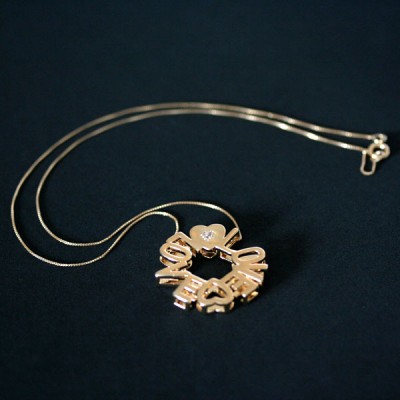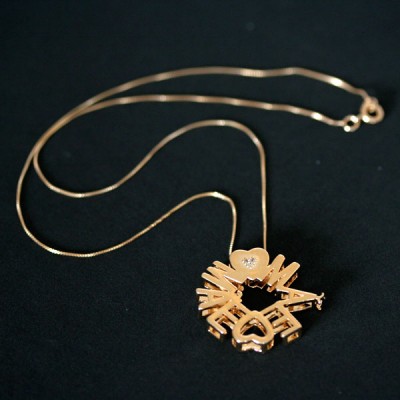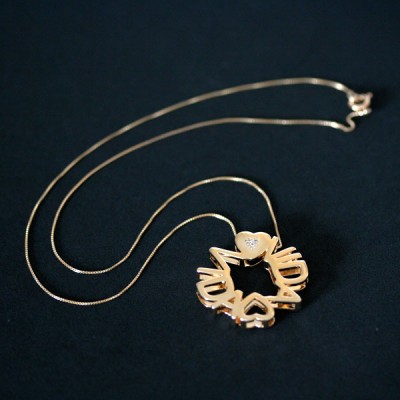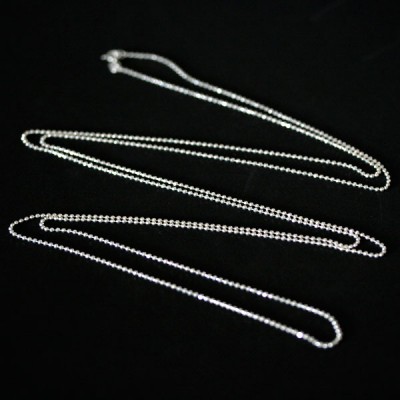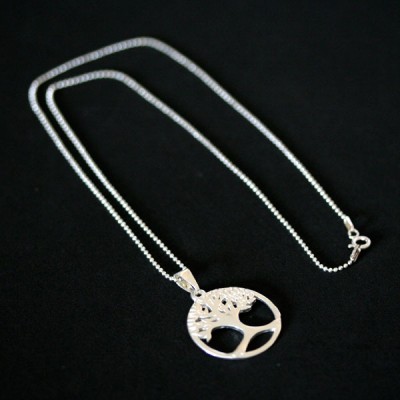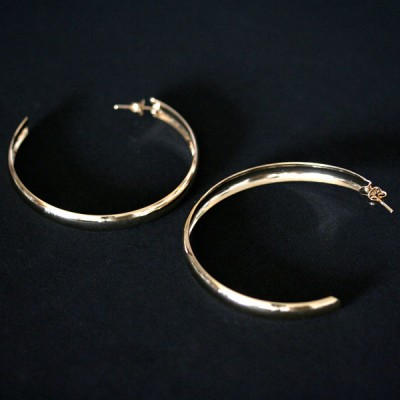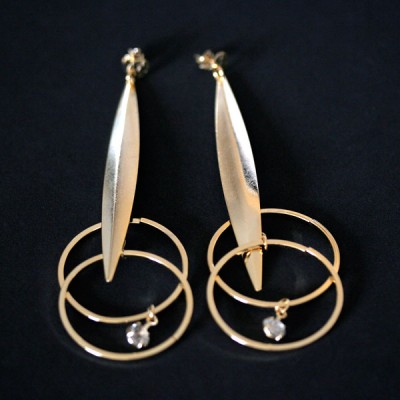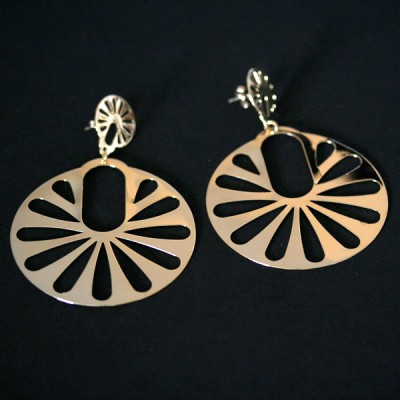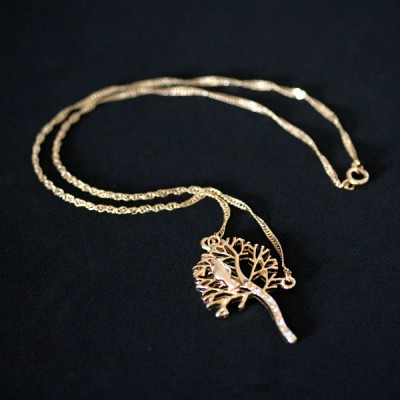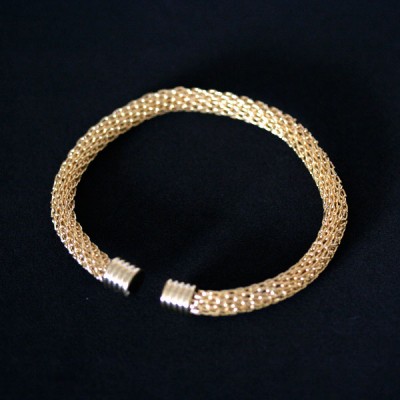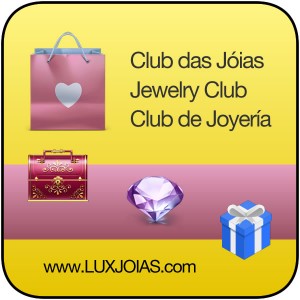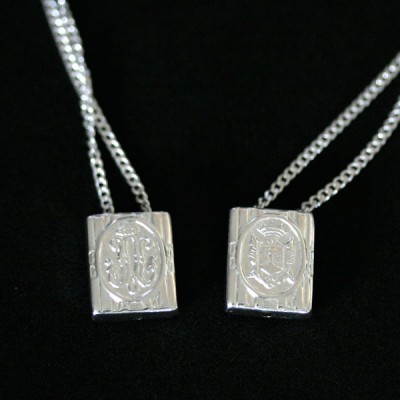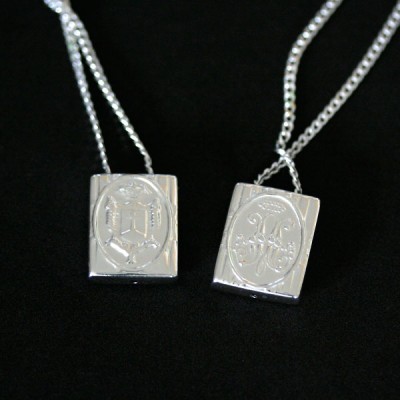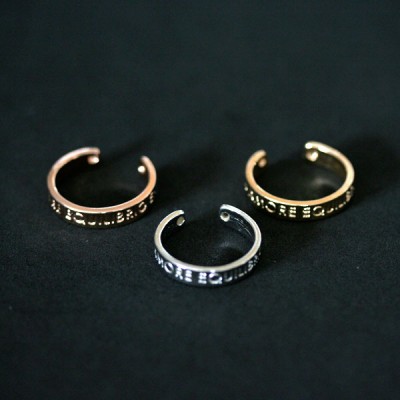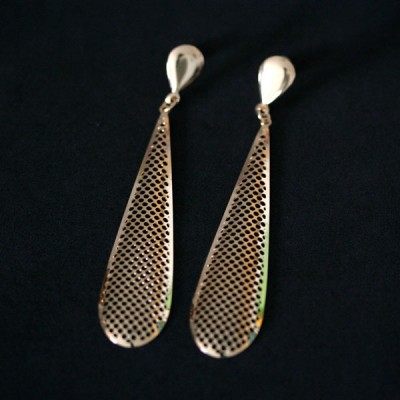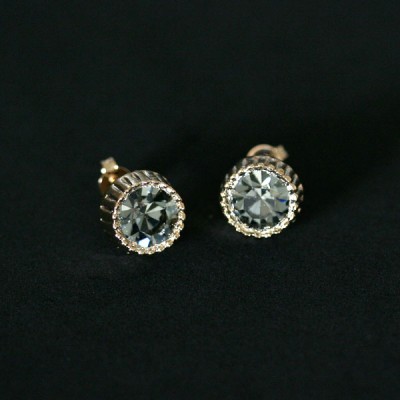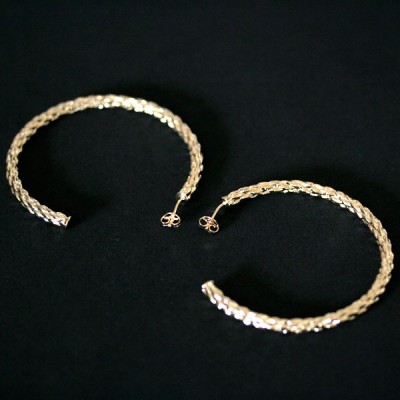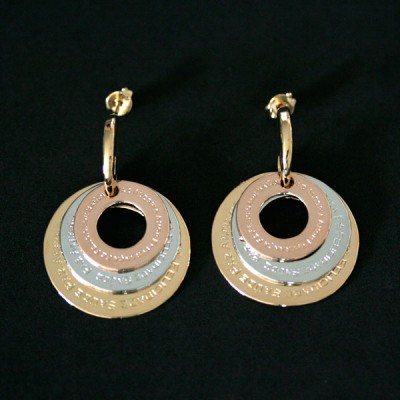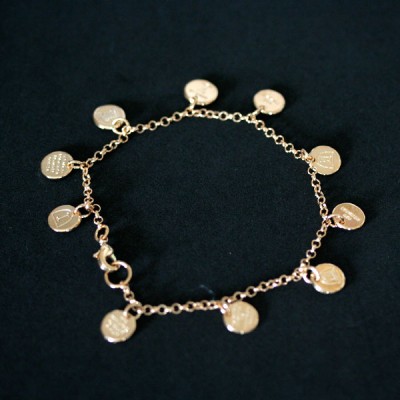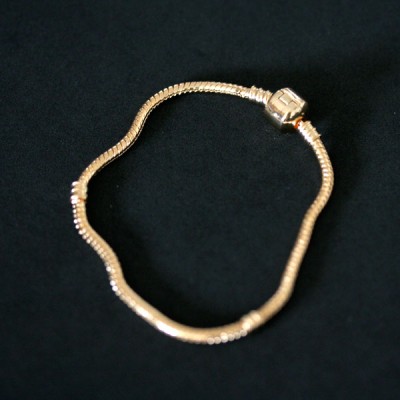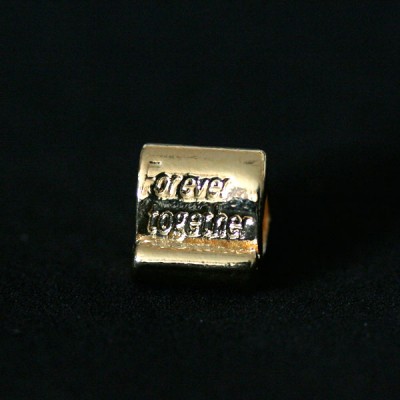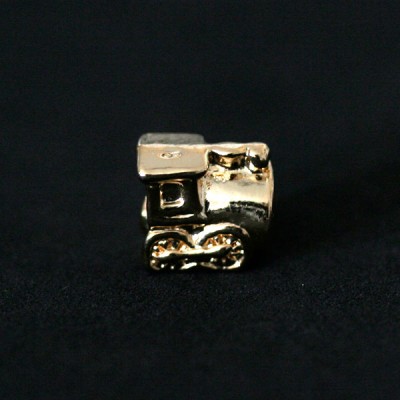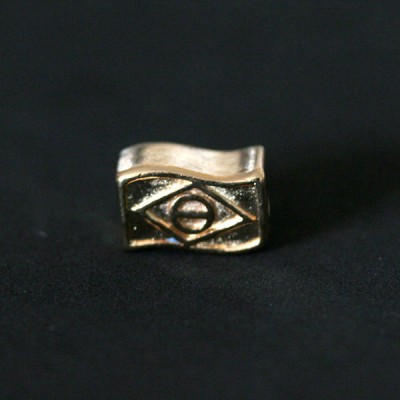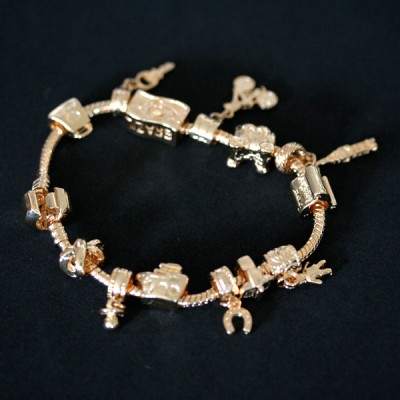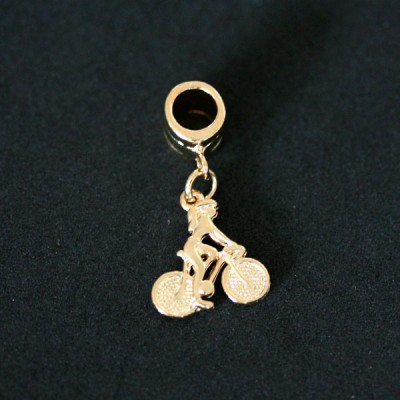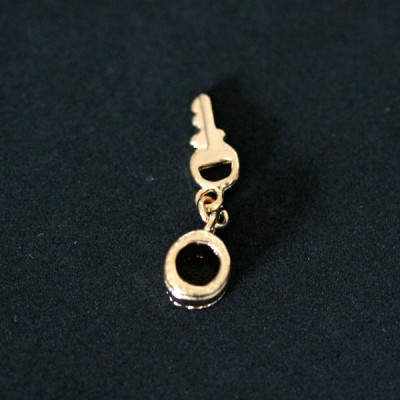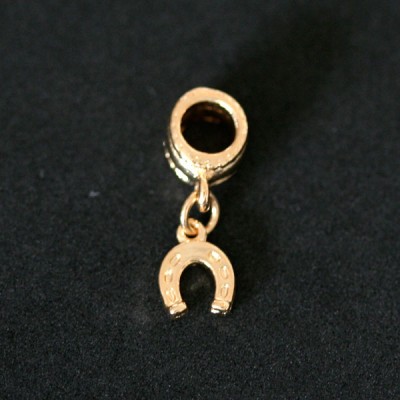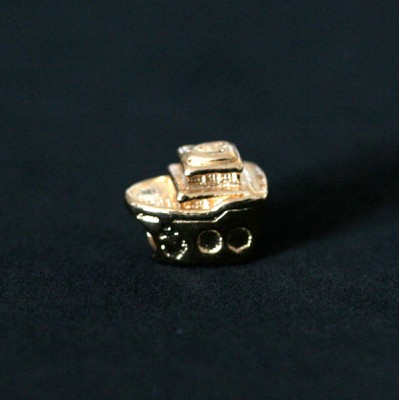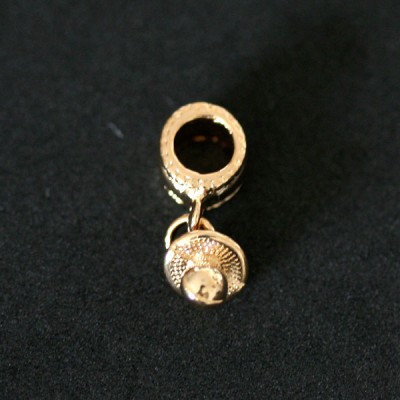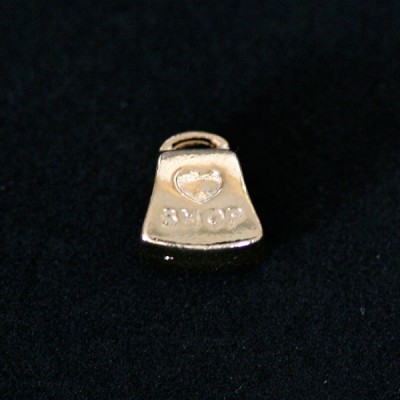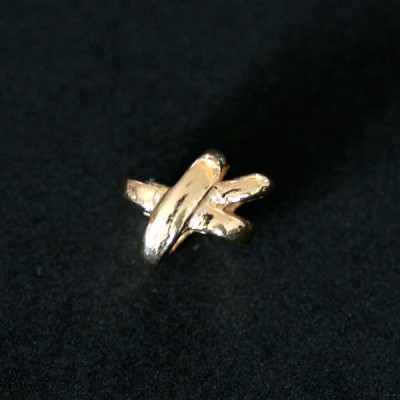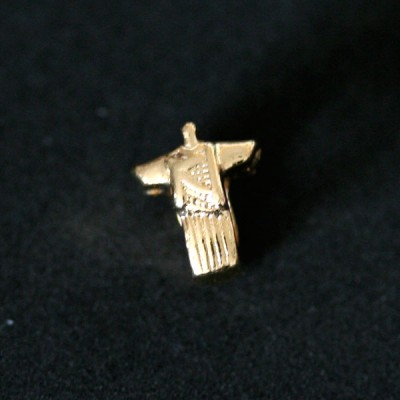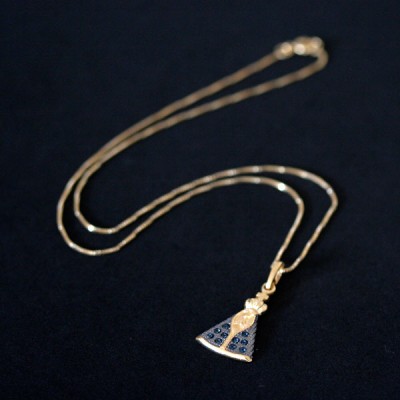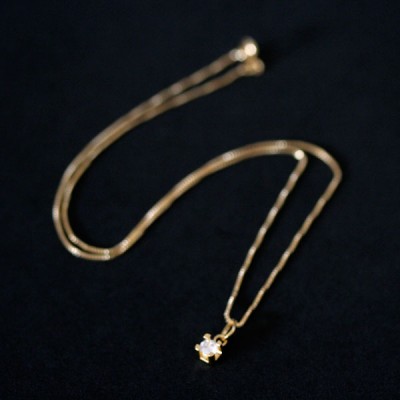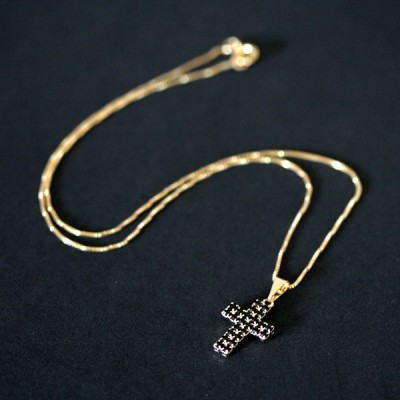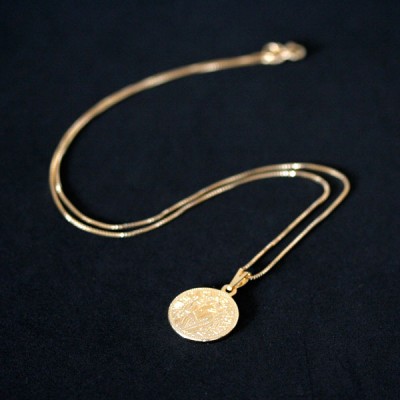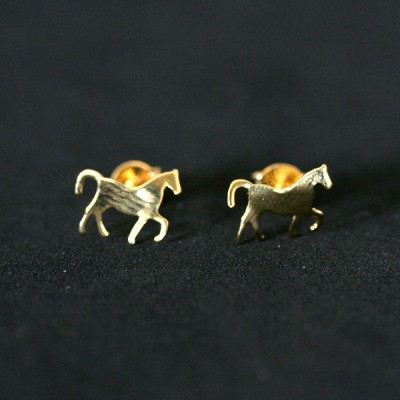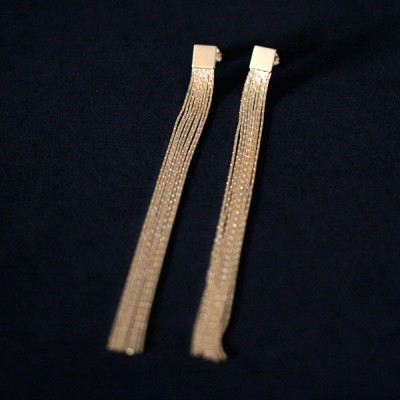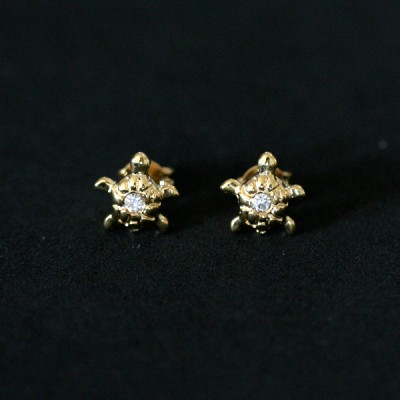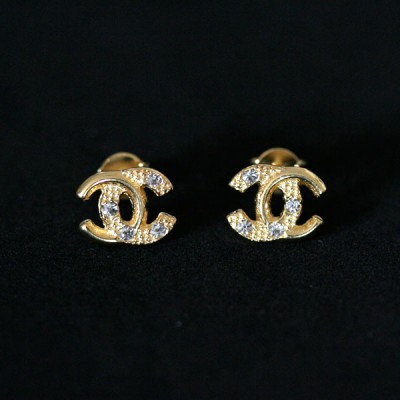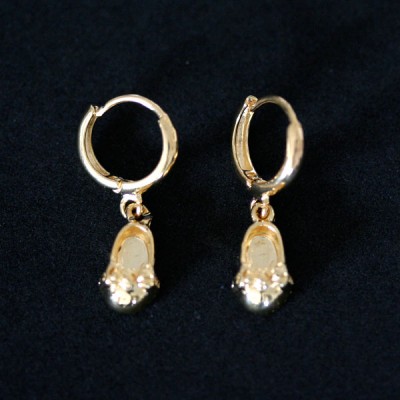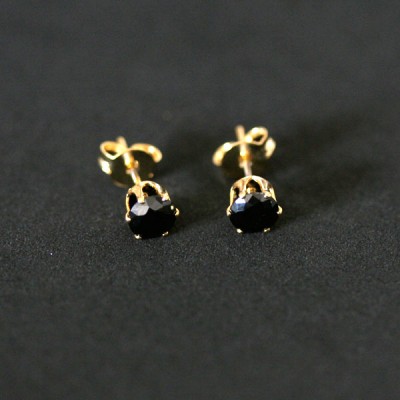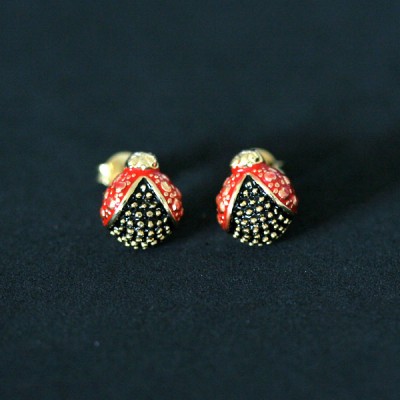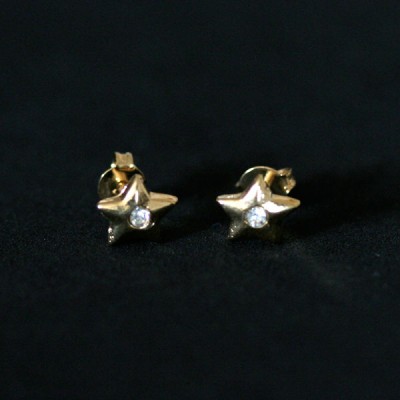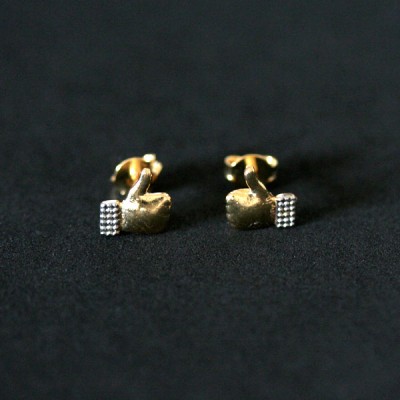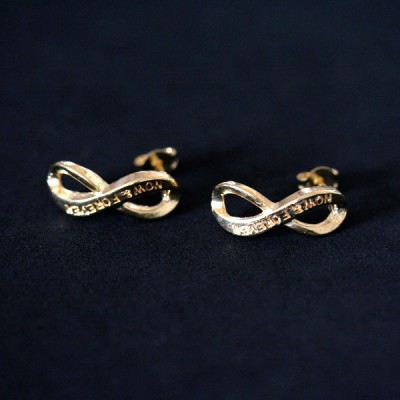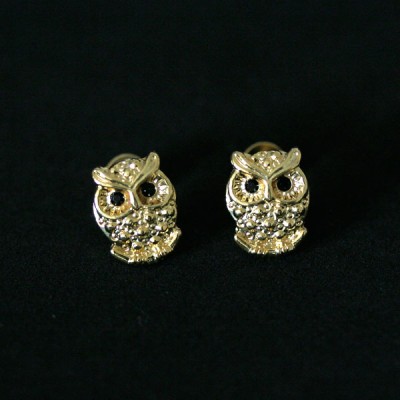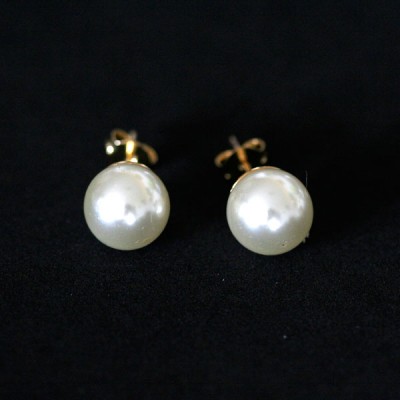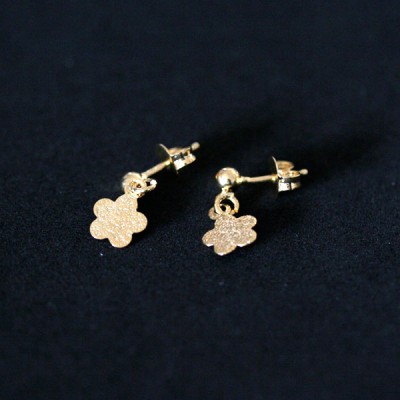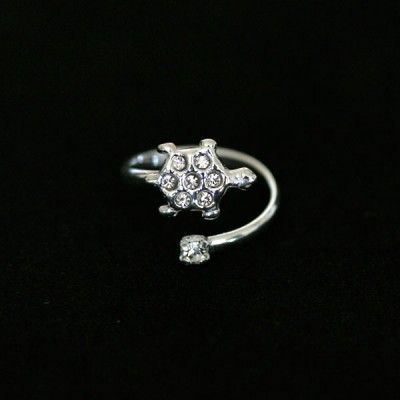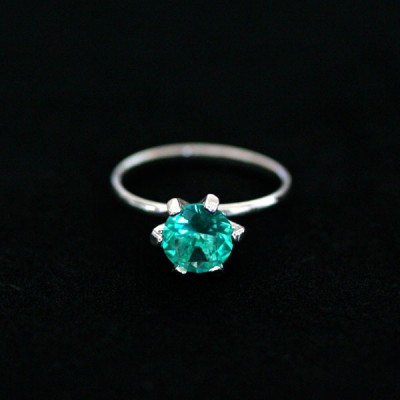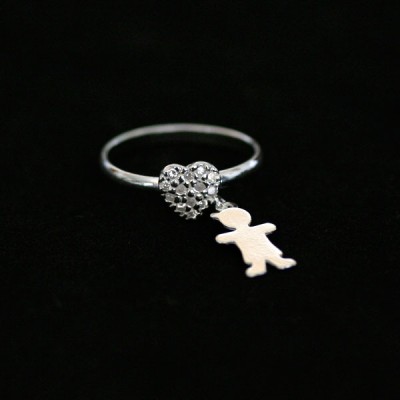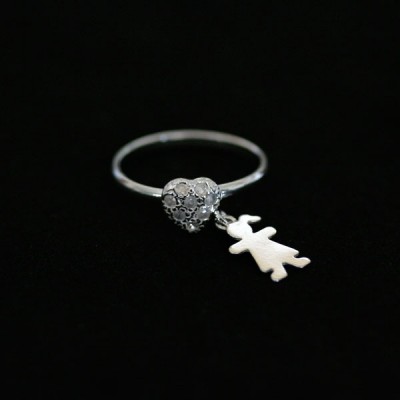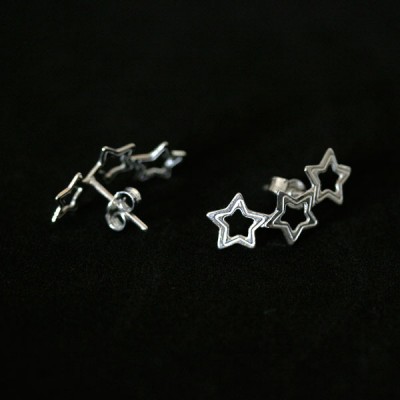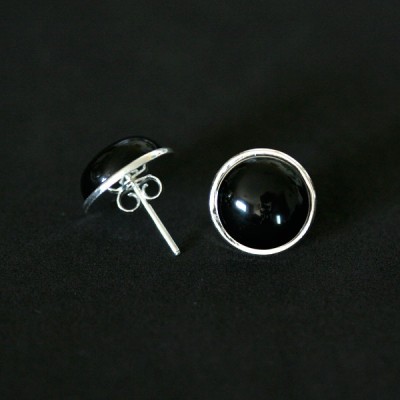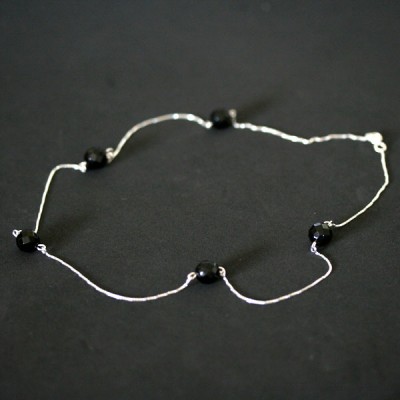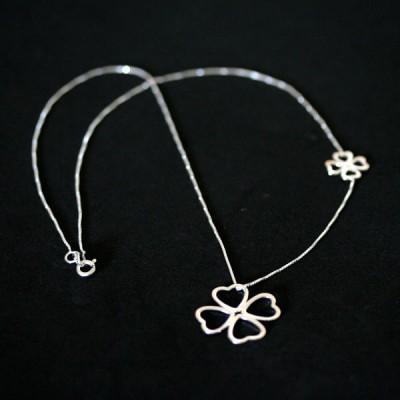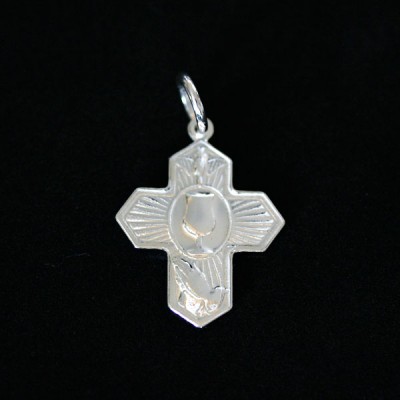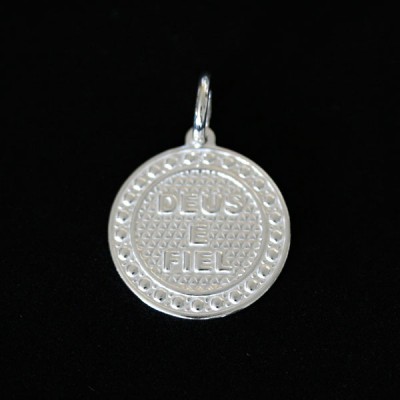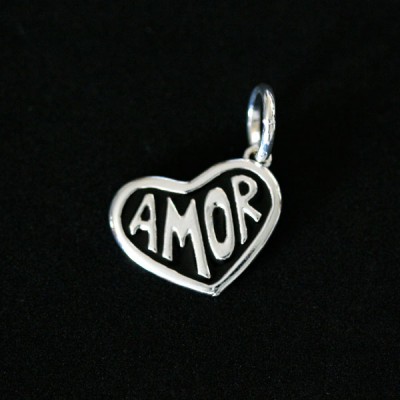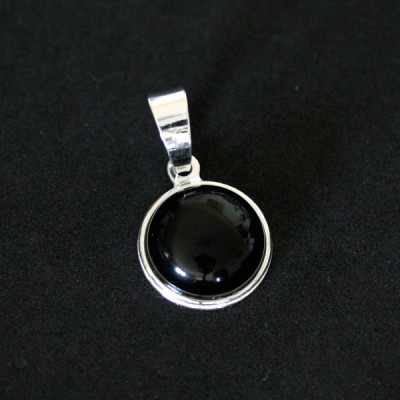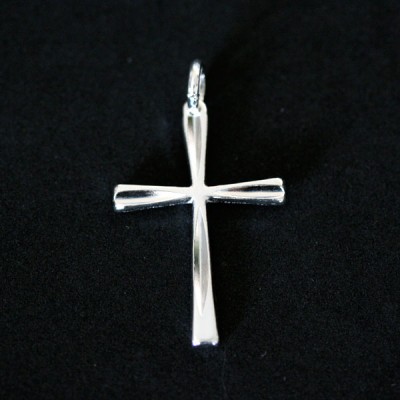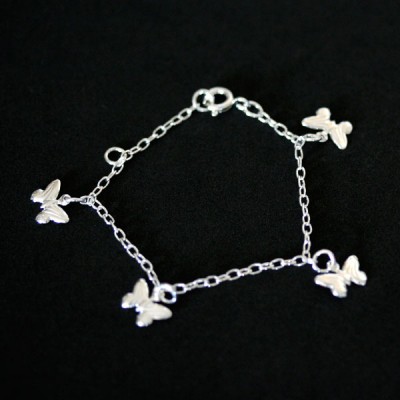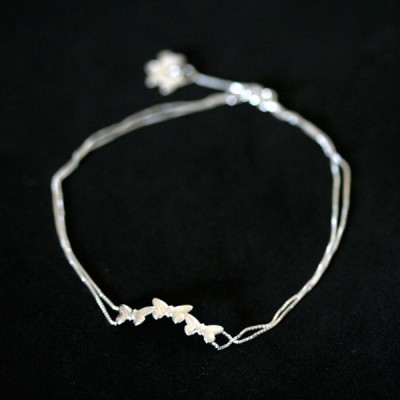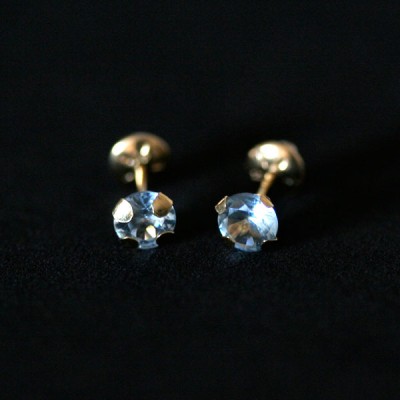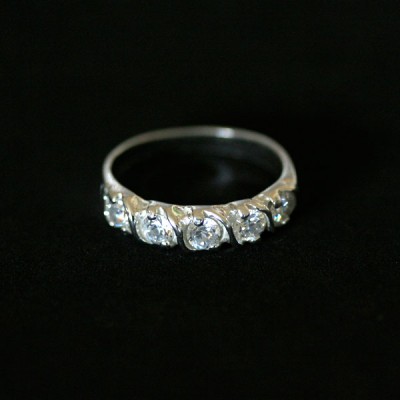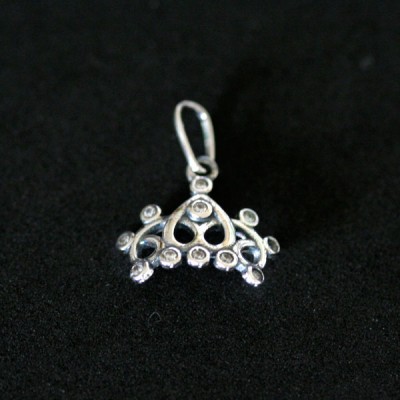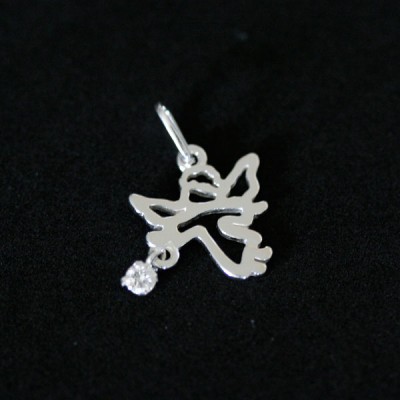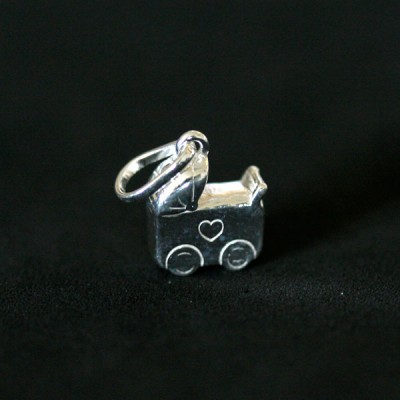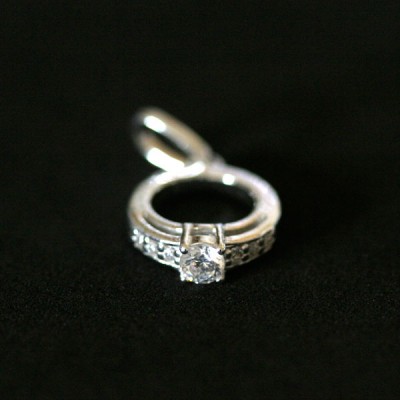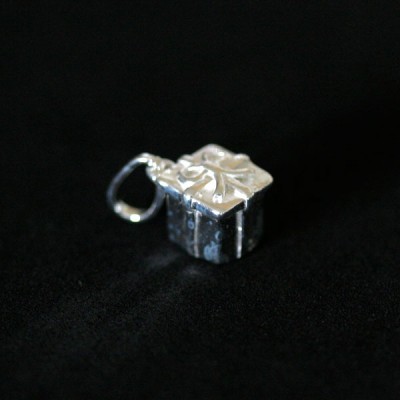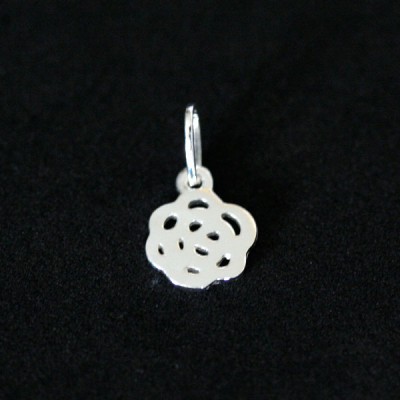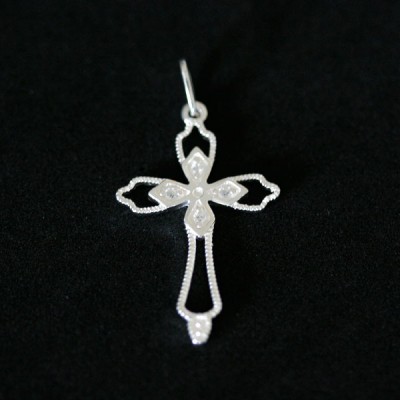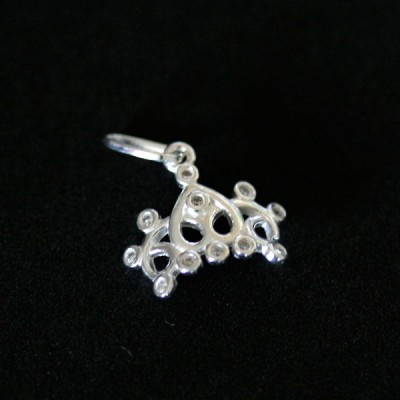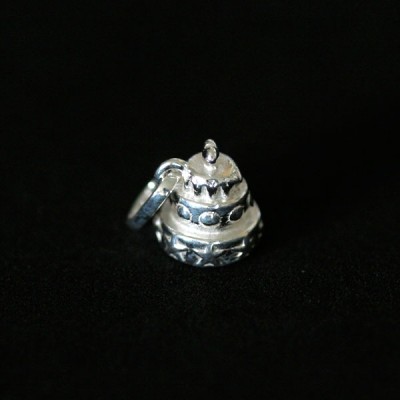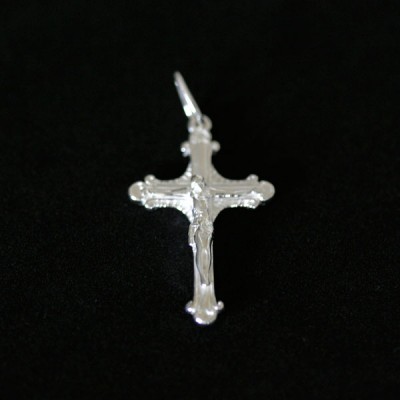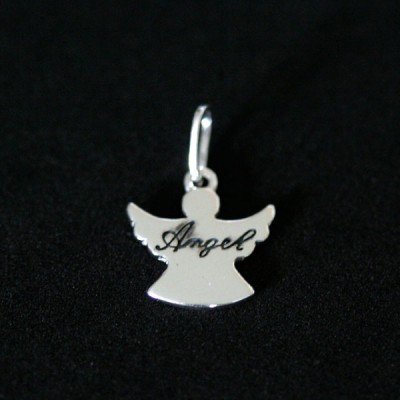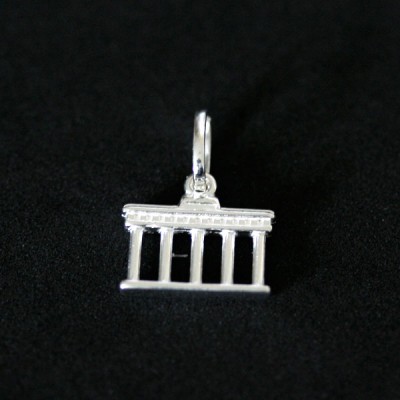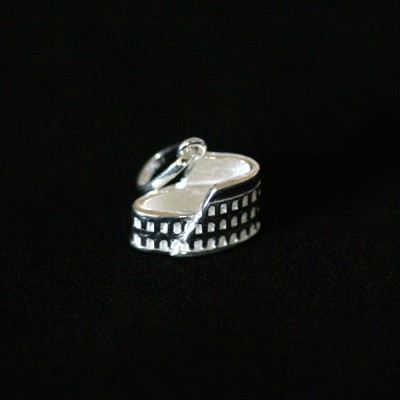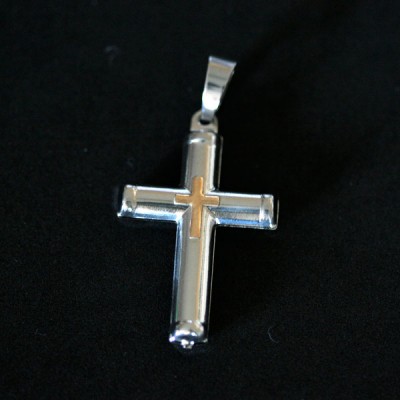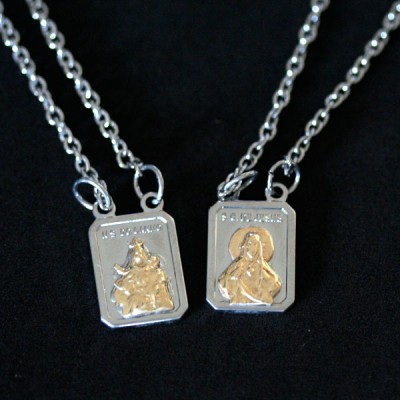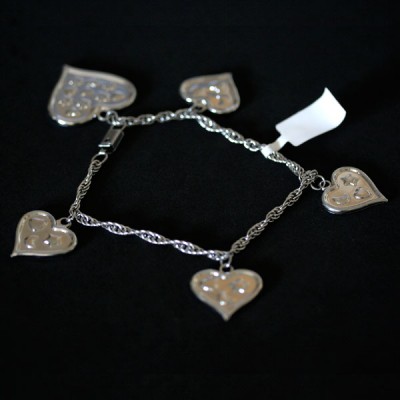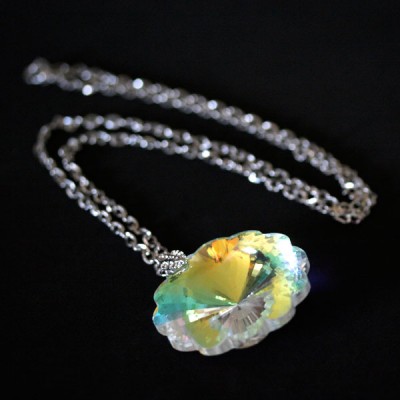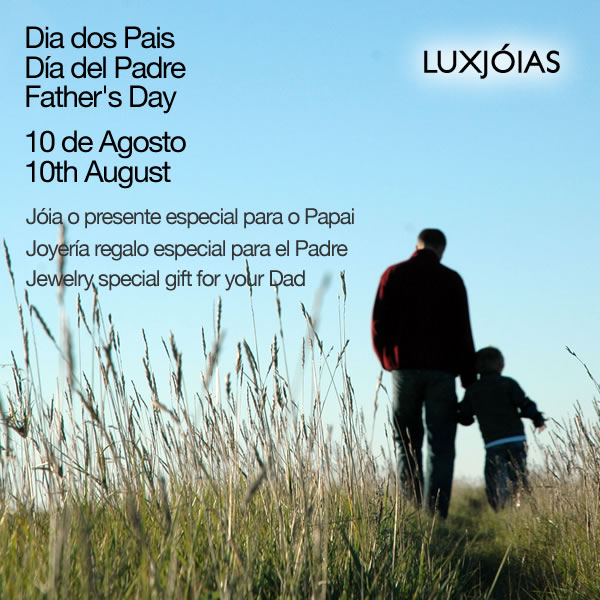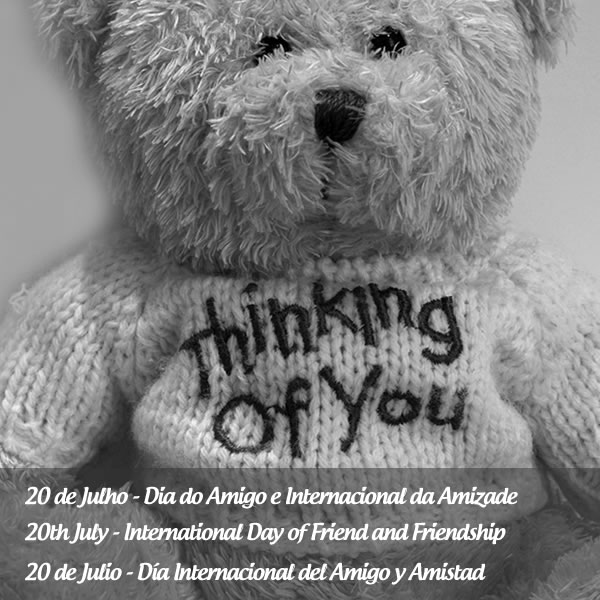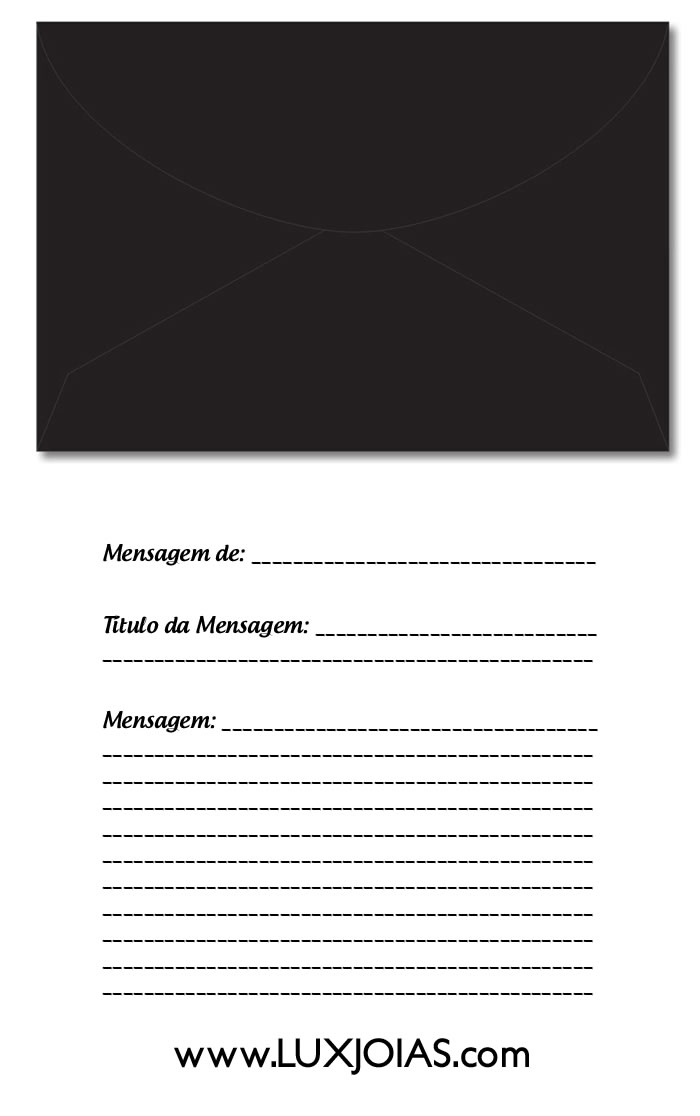Category: Religious Jewelry
News and Releases: Jewelry 925 Silver Jewelry and Semi Gold Plated Earrings, Pendants, Necklaces, Mandalas, and Tree of Life Bracelet
Become a reseller / consultant LUXJÓIAS and get an extra income every month reselling jewelry and semi-jewelry rings 18k gold 750, 750 18k White Gold Rings, Stainless Steel Rings, Gold Plated Rings, 925 Silver Rings, Graduation Ring, Pendants with Photo-etching, Ring, Earring, Necklace, Choker, Piercing, Necklace, Bracelet, bracelet, anklet, Men Jewelry, Women Jewelry, Corporate Gifts
Profit
| Investment / Sale | Discount % | Profit on Investment / Sale |
| $20,00 to $499,00 | 15% | $3,00 to $74,85 |
| $500,00 to $999,00 | 15% | $75,00 to $99,80 |
| $1000,00 to $1999,00 | 15% | $150,00 to $299,85 |
| above $2000,00 | 15% | $300,00 |
When making a purchase of $ 20.00 to $ 499.00 will be entitled to 15% discount on each investment / sale cashing of $ 3.00 to $ 74.85
How it works ?
01) Create your account by selecting the Client Group DEALER / CONSULTANT option and wait for approval, when approved will receive an email notification. (Deadline for approval 1-10 working days)
02) Before you log in you can check the resale price after logging in, accessing the product page, you can check the discount price of profit on investment / sale
Questions and Anwers
• I need to make an initial investment?
No need to perform an initial investment, you may resell using a tablet, smartphone or notebook
• Do you work with payroll?
We do not work with payroll
• Anyone can create an account and become a retail customer?
Not restrict the registration of dealers with age, provided it is in accordance with the constitutional parameters, you can register freely. Some data / information may be requested during the registration analysis.
• Will I able to resell the product even though another service?
Yes, for sure. Your social environment, and professional staff is critical to sales success. We affirm based on our vast experience in the market, and over the years we have structured ourselves to meet customers resellers in the best possible way.
• Reseller / Consultant is not an employee from LUXJOIAS.
Why resell ?
Get great profit on your investment
Have a great extra monthly income
Owning your own business
Be independent and make their own schedules
Work with a brand that is a benchmark in the global gems and semi-gems since 2006
We follow the world fashion trend
With over 5,000 products ideal for people of all ages
Alliances and Rings Graduation Lifetime Warranty Fabrica
Other products Warranty: 1 Year
Send warranty and authenticity certificate for 925 silver and 18k gold
Guaranteed delivery with online tracking
All deliveries are sent with transport insurance
Check more: http://www.luxjoias.com/-i-54.html?language=en
Subscribe and Join the Club Jewelry LUXJÓIAS
Check out the plans:
http://www.luxjoias.com/hotsite.php?pages_id=25
Unique Advantages
Discounts throughout our store and purchase any
Unique gifts
Early access to the launch of jewelry and semi-jewels
Specials
What is the Club of Jewelry?
It is the club’s most exclusive jewelery and semi-jewels of the country with the best and most diverse types of jewels and semi-jewels. Every month you choose many jewels and semi-jewels.
How it works?
You sign a plan after 7 working you the due date of each month the plan days you receive a coupon to choose many gems and semi-gems as the value of the contract plan and signed.
Why the choice of the Club Jewelry is performed by the client?
Each person has a taste or preference, some products have sizes and each person has a preference for one size, through this way you can choose the product of your choice and the desired size.
What is included in the club of Jewelry?
In addition to receiving the coupon, the associate will be entitled to discounts on all virtual store on any purchase during the period that are signed and with active plan. The discount is granted through coupon.
Discounts for contract plan
Monthly Plan = 10% discount on all our store
Quarterly Plan = 12% discount on all our store
Semester Plan = 15% discount on all our store
Annual Plan = 18% discount on all our store
How is payment made?
Payment is done by recurring subscription via PayPal.
After purchase, I get my coupon Club of Jewelry in how long?
You will receive your coupon monthly within 7 business days of processing the payment and signed contract plan.
How is sending Club of Jewelry?
Some products have free shipping no other, to finalize your purchase you can choose the delivery method.
Can I gift someone with the Club Jewelry?
Of course you do! We’re sure you’ll find presented the spectacular. In the month you receive the coupon to finalizing your purchase you can set the delivery address of the recipient.
How to cancel the Club of Jewelry?
Without any paperwork you can even cancel your subscription. Within your profile there is a button Signatures. Clicking it gives you the status of your club of Jewelry has access to the cancel button.
Hired a Quarterly, Semi-Annual or Annual plan can I cancel?
May perform the cancellation, but during the contract period will receive the Club until the closing of the Jewels of the plan.
Check out the plans:
http://www.luxjoias.com/hotsite.php?pages_id=25
News and Releases: scapulars 925 Silver – Rings, Earrings, Bracelets, Pendants, Pandora, Moments of Life, Pendant Necklace and Gold Plated
Features, History of Gold and Jewellery
Gold is a chemical element with the symbol Au and atomic number 79. It is a dense, soft, malleable and ductile metal with a bright yellow color and luster, the properties of which remain without tarnishing when exposed to air or water. Chemically, gold is a transition metal and a group 11 element. It is one of the least reactive chemical elements, and is solid under standard conditions. The metal therefore occurs often in free elemental (native) form, as nuggets or grains, in rocks, in veins and in alluvial deposits. Less commonly, it occurs in minerals as gold compounds, such as with tellurium as calaverite, sylvanite, or krennerite.
As the metallic native element mineral, gold structurally belongs to the isometric copper group. It also forms a solid solution series with the native element silver (Ag) to which it is often naturally alloyed (electrum). Other common natural gold alloys are with copper and palladium (Pd).
Gold resists attacks by individual acids, but it can be dissolved by aqua regia (nitro-hydrochloric acid), so named because it dissolves gold. Gold also dissolves in alkaline solutions of cyanide, which have been used in mining. It dissolves in mercury, forming amalgam alloys; it is insoluble in nitric acid, which dissolves silver and base metals, a property that has long been used to confirm the presence of gold in items, giving rise to the term acid test.
This metal has been a valuable and highly sought-after precious metal for coinage, jewelry, and other arts since long before the beginning of recorded history. In the past, the Gold standard has been implemented as a monetary policy, but it was widely supplanted by fiat currency starting in the 1930s. The last gold certificate and gold coin currencies were issued in the U.S. in 1932. In Europe, most countries left the gold standard with the start of World War I in 1914 and, with huge war debts, did not return to gold as a medium of exchange. The value of gold is rooted in its medium rarity, easily handling, easy smelting, non-corrosiveness, distinct color and non-reactiveness to other elements; qualities most other metals lack.
A total of 174,100 tonnes of gold have been mined in human history, according to GFMS as of 2012. This is roughly equivalent to 5.6 billion troy ounces or, in terms of volume, about 9261 m3, or a cube 21.0 m on a side. The world consumption of new gold produced is about 50% in jewelry, 40% in investments, and 10% in industry.
Besides its widespread monetary and symbolic functions, gold has many practical uses in dentistry, electronics, and other fields. Its high malleability, ductility, resistance to corrosion and most other chemical reactions, and conductivity of electricity have led to many uses, including electric wiring, colored-glass production, and gold leafing.
The asteroid that formed Vredefort crater 2.020 billion years ago is often credited with seeding the Witwatersrand basin in South Africa with the richest gold deposits on earth. However, the gold bearing Witwatersrand rocks were laid down between 700 and 950 million years before the Vredefort impact. These gold bearing rocks had furthermore been covered by a thick layer of Ventersdorp lavas, and the Transvaal Supergroup of rocks before the meteor struck. What the Vredefort impact achieved, however, was to distort the Witwatersrand basin in such a way that the gold bearing rocks were brought to the present erosion surface in Johannesburg, on the Witwatersrand, just inside the rim of the original 300 km diameter crater caused by the meteor strike. The discovery of the deposit in 1886 launched the Witwatersrand Gold Rush. Nearly 50% of all the gold ever mined on earth has been extracted from these Witwatersrand rocks.A schematic diagram of a NE (left) to SW (right) cross-section through the 2.020 billion year old Vredefort impact crater in South Africa and how it distorted the contemporary geological structures. The present erosion level is shown. Johannesburg is located where the Witwatersrand Basin (the yellow layer) is exposed at the “present surface” line, just inside the crater rim, on the left. Not to scale.
Most of the Earth’s gold probably lies at its core, the metal’s high density having made it sink there in the planet’s youth. Virtually all discovered gold is considered to have been deposited later by meteorites that contained the element.
Etymology
“Gold” is cognate with similar words in many Germanic languages, deriving via Proto-Germanic *gulþą from Proto-Indo-European *gʰel- (“yellow/green”).
The symbol Au is from the Latin: aurum, the Latin word for “gold”. The Proto-Indo-European root was *h2é-h2us-o-, meaning “glow”, also the ancestor of the Latin word Aurora, “dawn”. This etymological relationship is presumably behind the frequent claim in scientific publications that aurum meant “shining dawn”.
Characteristics
Gold is the most malleable of all metals; a single gram can be beaten into a sheet of 1 square meter, or an ounce into 300 square feet. Gold leaf can be beaten thin enough to become transparent. The transmitted light appears greenish blue, because gold strongly reflects yellow and red. Such semi-transparent sheets also strongly reflect infrared light, making them useful as infrared (radiant heat) shields in visors of heat-resistant suits, and in sun-visors for spacesuits.
Gold readily dissolves in mercury at room temperature to form an amalgam, and forms alloys with many other metals at higher temperatures. These alloys can be produced to modify the hardness and other metallurgical properties, to control melting point or to create exotic colors. Gold is a good conductor of heat and electricity and reflects infrared radiation strongly. Chemically, it is unaffected by air, moisture and most corrosive reagents, and is therefore well suited for use in coins and jewelry and as a protective coating on other, more reactive metals. However, it is not chemically inert. Gold is almost insoluble, but can be dissolved in aqua regia or solutions of sodium or potassium cyanide, for example.
Common oxidation states of gold include +1 (gold(I) or aurous compounds) and +3 (gold(III) or auric compounds). Gold ions in solution are readily reduced and precipitated as metal by adding any other metal as the reducing agent. The added metal is oxidized and dissolves, allowing the gold to be displaced from solution and be recovered as a solid precipitate.
In addition, gold is very dense, a cubic meter weighing 19300 kg. By comparison, the density of lead is 11,340 kg/m3, and that of the densest element, osmium, is 22,588 ± 15 kg/m3.
Color
Whereas most other pure metals are gray or silvery white, gold is yellow. This color is determined by the density of loosely bound (valence) electrons; those electrons oscillate as a collective “plasma” medium described in terms of a quasiparticle called plasmon. The frequency of these oscillations lies in the ultraviolet range for most metals, but it falls into the visible range for gold due to subtle relativistic effects that affect the orbitals around gold atoms. Similar effects impart a golden hue to metallic caesium.
Common colored gold alloys such as rose gold can be created by the addition of various amounts of copper and silver, as indicated in the triangular diagram to the left. Alloys containing palladium or nickel are also important in commercial jewelry as these produce white gold alloys. Less commonly, addition of manganese, aluminium, iron, indium and other elements can produce more unusual colors of gold for various applications.
Isotopes
Gold has only one stable isotope, 197Au, which is also its only naturally occurring isotope. Thirty-six radioisotopes have been synthesized ranging in atomic mass from 169 to 205. The most stable of these is 195Au with a half-life of 186.1 days. The least stable is 171Au, which decays by proton emission with a half-life of 30 µs. Most of gold’s radioisotopes with atomic masses below 197 decay by some combination of proton emission, α decay, and β+ decay. The exceptions are 195Au, which decays by electron capture, and 196Au, which decays most often by electron capture (93%) with a minor β− decay path (7%). All of gold’s radioisotopes with atomic masses above 197 decay by β− decay.
At least 32 nuclear isomers have also been characterized, ranging in atomic mass from 170 to 200. Within that range, only 178Au, 180Au, 181Au, 182Au, and 188Au do not have isomers. Gold’s most stable isomer is 198m2Au with a half-life of 2.27 days. Gold’s least stable isomer is 177m2Au with a half-life of only 7 ns. 184m1Au has three decay paths: β+ decay, isomeric transition, and alpha decay. No other isomer or isotope of gold has three decay paths.
Applications
Monetary exchange
Gold is commonly formed into bars for use in monetary exchange.
Two golden 20 kr coins from the Scandinavian Monetary Union, which was based on a gold standard. The coin to the left is Swedish and the right one is Danish.
Gold has been widely used throughout the world as money, for efficient indirect exchange (versus barter), and to store wealth in hoards. For exchange purposes, mints produce standardized gold bullion coins, bars and other units of fixed weight and purity.
The first coins containing gold were struck in Lydia, Asia Minor, around 600 BC. The talent coin of gold in use during the periods of Grecian history both before and during the time of the life of Homer weighed between 8.42 and 8.75 grams. From an earlier preference in using silver, European economies re-established the minting of gold as coinage during the thirteenth and fourteenth centuries.
Bills (that mature into gold coin) and gold certificates (convertible into gold coin at the issuing bank) added to the circulating stock of gold standard money in most 19th century industrial economies. In preparation for World War I the warring nations moved to fractional gold standards, inflating their currencies to finance the war effort. Post-war, the victorious countries, most notably Britain, gradually restored gold-convertibility, but international flows of gold via bills of exchange remained embargoed; international shipments were made exclusively for bilateral trades or to pay war reparations.
After World War II gold was replaced by a system of nominally convertible currencies related by fixed exchange rates following the Bretton Woods system. Gold standards and the direct convertibility of currencies to gold have been abandoned by world governments, led in 1971 by the United States’ refusal to redeem its dollars in gold. Fiat currency now fills most monetary roles. Switzerland was the last country to tie its currency to gold; it backed 40% of its value until the Swiss joined the International Monetary Fund in 1999.
Central banks continue to keep a portion of their liquid reserves as gold in some form, and metals exchanges such as the London Bullion Market Association still clear transactions denominated in gold, including future delivery contracts. Today, gold mining output is declining. With the sharp growth of economies in the 20th century, and increasing foreign exchange, the world’s gold reserves and their trading market have become a small fraction of all markets and fixed exchange rates of currencies to gold have been replaced by floating prices for gold and gold future contract. Though the gold stock grows by only 1 or 2% per year, very little metal is irretrievably consumed. Inventory above ground would satisfy many decades of industrial and even artisan uses at current prices.
The gold content of alloys is measured in carats (k). Pure gold is designated as 24k. English gold coins intended for circulation from 1526 into the 1930s were typically a standard 22k alloy called crown gold, for hardness (American gold coins for circulation after 1837 contained the slightly lower amount of 0.900 fine gold, or 21.6 kt).
Although the prices of some platinum group metals can be much higher, gold has long been considered the most desirable of precious metals, and its value has been used as the standard for many currencies. Gold has been used as a symbol for purity, value, royalty, and particularly roles that combine these properties. Gold as a sign of wealth and prestige was ridiculed by Thomas More in his treatise Utopia. On that imaginary island, gold is so abundant that it is used to make chains for slaves, tableware, and lavatory seats. When ambassadors from other countries arrive, dressed in ostentatious gold jewels and badges, the Utopians mistake them for menial servants, paying homage instead to the most modestly dressed of their party.
Investment
Many holders of gold store it in form of bullion coins or bars as a hedge against inflation or other economic disruptions. However, economist Martin Feldstein does not believe gold serves as a hedge against inflation or currency depreciation.
The ISO 4217 currency code of gold is XAU.
Modern bullion coins for investment or collector purposes do not require good mechanical wear properties; they are typically fine gold at 24k, although the American Gold Eagle and the British gold sovereign continue to be minted in 22k (0.92) metal in historical tradition, and the South African Krugerand, first released in 1967, is also 22k (0.92). The special issue Canadian Gold Maple Leaf coin contains the highest purity gold of any bullion coin, at 99.999% or 0.99999, while the popular issue Canadian Gold Maple Leaf coin has a purity of 99.99%.
Several other 99.99% pure gold coins are available. In 2006, the United States Mint began producing the American Buffalo gold bullion coin with a purity of 99.99%. The Australian Gold Kangaroos were first coined in 1986 as the Australian Gold Nugget but changed the reverse design in 1989. Other modern coins include the Austrian Vienna Philharmonic bullion coin and the Chinese Gold Panda.
Jewelry
Because of the softness of pure (24k) gold, it is usually alloyed with base metals for use in jewelry, altering its hardness and ductility, melting point, color and other properties. Alloys with lower carat rating, typically 22k, 18k, 14k or 10k, contain higher percentages of copper or other base metals or silver or palladium in the alloy. Copper is the most commonly used base metal, yielding a redder color.
Eighteen-carat gold containing 25% copper is found in antique and Russian jewelry and has a distinct, though not dominant, copper cast, creating rose gold. Fourteen-carat gold-copper alloy is nearly identical in color to certain bronze alloys, and both may be used to produce police and other badges. Blue gold can be made by alloying with iron and purple gold can be made by alloying with aluminium, although rarely done except in specialized jewelry. Blue gold is more brittle and therefore more difficult to work with when making jewelry.
Fourteen- and eighteen-carat gold alloys with silver alone appear greenish-yellow and are referred to as green gold. White gold alloys can be made with palladium or nickel. White 18-carat gold containing 17.3% nickel, 5.5% zinc and 2.2% copper is silvery in appearance. Nickel is toxic, however, and its release from nickel white gold is controlled by legislation in Europe.
Alternative white gold alloys are available based on palladium, silver and other white metals, but the palladium alloys are more expensive than those using nickel. High-carat white gold alloys are far more resistant to corrosion than are either pure silver or sterling silver. The Japanese craft of Mokume-gane exploits the color contrasts between laminated colored gold alloys to produce decorative wood-grain effects.
By 2014 the gold jewelry industry was escalating despite a then-dip in gold prices. Demand in the first quarter of 2014 pushed turnover to $23.7 billion according to a World Gold Council report.
Medicine
Gold is perhaps the most anciently administered medicine (apparently by shamanic practitioners) and known to Dioscorides, apparent paradoxes of the actual toxicology of the substance nevertheless suggests the possibility still of serious gaps in understanding of action on physiology.
In medieval times, gold was often seen as beneficial for the health, in the belief that something so rare and beautiful could not be anything but healthy. Even some modern esotericists and forms of alternative medicine assign metallic gold a healing power. Some gold salts do have anti-inflammatory properties and are used as pharmaceuticals in the treatment of arthritis and other similar conditions. Gold based injections have been explored as a means to help to reduce the pain and swelling of rheumatoid arthritis and tuberculosis. However, only salts and radioisotopes of gold are of pharmacological value, as elemental (metallic) gold is inert to all chemicals it encounters inside the body.
Gold alloys are used in restorative dentistry, especially in tooth restorations, such as crowns and permanent bridges. The gold alloys’ slight malleability facilitates the creation of a superior molar mating surface with other teeth and produces results that are generally more satisfactory than those produced by the creation of porcelain crowns. The use of gold crowns in more prominent teeth such as incisors is favored in some cultures and discouraged in others.
Colloidal gold preparations (suspensions of gold nanoparticles) in water are intensely red-colored, and can be made with tightly controlled particle sizes up to a few tens of nanometers across by reduction of gold chloride with citrate or ascorbate ions. Colloidal gold is used in research applications in medicine, biology and materials science. The technique of immunogold labeling exploits the ability of the gold particles to adsorb protein molecules onto their surfaces. Colloidal gold particles coated with specific antibodies can be used as probes for the presence and position of antigens on the surfaces of cells. In ultrathin sections of tissues viewed by electron microscopy, the immunogold labels appear as extremely dense round spots at the position of the antigen.
Gold, or alloys of gold and palladium, are applied as conductive coating to biological specimens and other non-conducting materials such as plastics and glass to be viewed in a scanning electron microscope. The coating, which is usually applied by sputtering with an argon plasma, has a triple role in this application. Gold’s very high electrical conductivity drains electrical charge to earth, and its very high density provides stopping power for electrons in the electron beam, helping to limit the depth to which the electron beam penetrates the specimen. This improves definition of the position and topography of the specimen surface and increases the spatial resolution of the image. Gold also produces a high output of secondary electrons when irradiated by an electron beam, and these low-energy electrons are the most commonly used signal source used in the scanning electron microscope.
The isotope gold-198 (half-life 2.7 days) is used, in nuclear medicine, in some cancer treatments and for treating other diseases.
Source: wikipedia
Check out jewelry in Gold 18k and White Gold at: http://www.luxjoias.com/?language=en
News and Releases of the Week: 925 Silver Jewelry Rings, Earrings, Pendants, Necklaces, Pendants, Bracelets and Anklets
News Releases and Silver Jewelry, Stainless Steel and 18K Gold – Earrings, Rings, Pendants, scapulars, Bangles, Bracelets, Necklaces and Chokers
August 10th – Father’s Day – Jewelry special gift for your Dad
Father’s Day is a celebration honoring fathers and celebrating fatherhood, paternal bonds, and the influence of fathers in society. Many countries celebrate it on the third Sunday of June, though it is also celebrated widely on other days by many other countries. Father’s Day was created[who?] to complement Mother’s Day, a celebration that honors mothers and motherhood.
Source: wikipedia
Checkout the hotsite: http://www.luxjoias.com/hotsite.php?pages_id=8
20th July – International Day of Friend and Friendship
Friend’s Day (Spanish: Día del Amigo, Portuguese: Dia do Amigo) is observed every year on July 20 in Argentina, Brazil and Uruguay and on July 30 in Paraguay.
Source: wikipedia
Check out the hot site: http://www.luxjoias.com/hotsite.php?pages_id=23
In buying a gem or semi-Jewelry for Special People send an envelope and message
Envelope Black 72mmx108mm 80g
Print Message in Sulfite Paper A4 108mm Width
Valid only on purchase to be sent along with a product
We will not send if it would only buy this product, the order will be automatically canceled
If you want more envelopes and messages, requires new buying this product
Do not change font and size of the print will be printed as standardized product image
Archives
- September 2025
- June 2022
- May 2022
- November 2021
- July 2021
- June 2021
- March 2021
- December 2020
- November 2020
- September 2020
- December 2019
- June 2019
- April 2019
- February 2019
- December 2018
- November 2018
- October 2018
- September 2018
- July 2018
- May 2018
- April 2018
- March 2018
- February 2018
- January 2018
- December 2017
- November 2017
- October 2017
- September 2017
- August 2017
- July 2017
- May 2017
- December 2016
- November 2016
- October 2016
- September 2016
- August 2016
- July 2016
- June 2016
- May 2016
- April 2016
- February 2016
- January 2016
- December 2015
- November 2015
- September 2015
- July 2015
- June 2015
- May 2015
- April 2015
- March 2015
- February 2015
- January 2015
- December 2014
- November 2014
- October 2014
- September 2014
- August 2014
- July 2014
- June 2014
- May 2014
- April 2014
- March 2014
- February 2014
- January 2014
- December 2013
- November 2013
- September 2013
- July 2013
- June 2013
- May 2013
- April 2013
- March 2013
- February 2013
- January 2013
- December 2012
- November 2012
- October 2012
- August 2012
- July 2012
- May 2012
- April 2012
- February 2012
- January 2012
- December 2011
- November 2011
- October 2011
- September 2011
Calendar
| M | T | W | T | F | S | S |
|---|---|---|---|---|---|---|
| 1 | 2 | 3 | 4 | 5 | 6 | 7 |
| 8 | 9 | 10 | 11 | 12 | 13 | 14 |
| 15 | 16 | 17 | 18 | 19 | 20 | 21 |
| 22 | 23 | 24 | 25 | 26 | 27 | 28 |
| 29 | 30 | 31 | ||||
Categories
- Corporate Gifts
- Wedding
- Eco Jewelry / Bio Jewelry
- Graduations / Trainees
- Jewelry with Photo-etching
- Steel Jewelry
- Jewelry 18k Gold
- Jewelry 18k White Gold
- Jewelry Silver 925 / 950
- Gold Plated Jewelry
- Children's Jewelry
- Men's Jewelry
- Religious Jewelry
- Dating / Commitment
- Engagement
- Promotions
- Sem categoria
